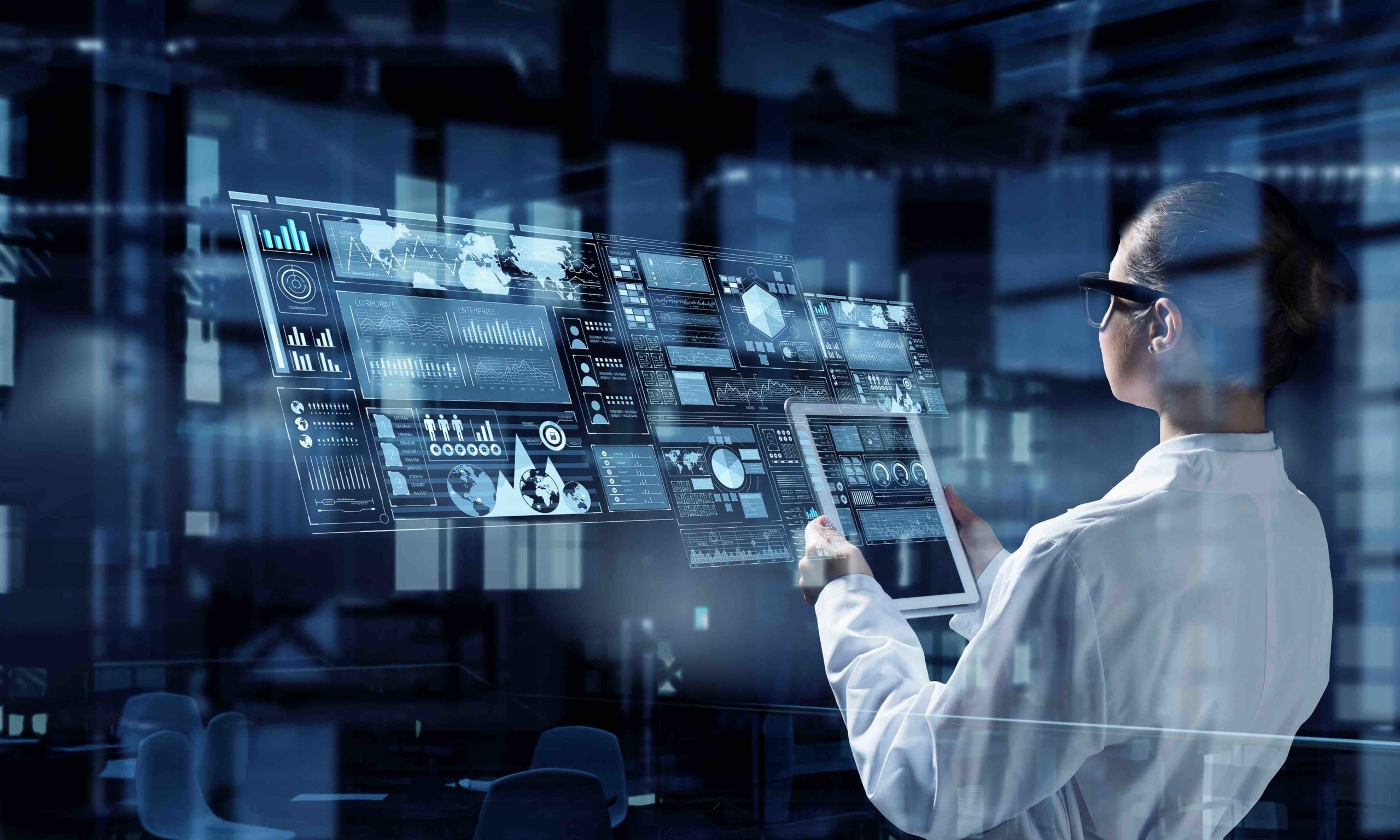We are lucky enough to be living in a time when technology is joining forces with every other industry to improve our quality of life.
Sanidad (healthcare) is a sensitive industry by nature. It involves saving lives by improving lifestyles, diagnosing and curing diseases, and performing surgeries. These feats have always been linked to technology in one way or another.
However, technology has taken healthcare up a notch with its recent groundbreaking innovations that are aimed at making medical processes quicker and improving preventive care. This, ultimately, aims to improve the overall population’s salud (health) and make healthcare accessible to everyone.
Let us see how healthcare and technology can help us in our daily lives.
Defining Healthcare Technology
This kind of technology refers to the technical infrastructure of devices, software, networks, and applications. These work together to improve medical processes like diagnostics, surgery, billing, consultations, and research.
It includes groundbreaking technologies like Cloud Computing, Artificial Intelligence, and Internet of Things to help with:
- Patient care
- Diagnostics and cirugía (surgery)
- Medical recordkeeping
- Health monitoring
- Medical research
Interconnectivity is a critical part of healthcare technology, and the internet is an important cog in the modern healthcare machinery. High-speed, lag-free internet allows the execution of feats like remote surgeries and personal health monitoring.
Another aspect of healthcare technology is wearable gadgets like smart watches, health bands, and rings. These allow individuals like you and me to monitor physical health. Direct insights are sent to mobile phones, usually through the internet or Bluetooth signals. These help keep track of physiological aspects, like heart rate, oxygen saturation, body fat, weight, blood pressure, and blood sugar levels.
Optimum Internet is one example of the critical role high-speed internet plays in enabling healthcare technology for ordinary individuals. The Optimum servicio al cliente makes sure individual users have access to quality internet service to monitor their health.
Moreover, healthcare tech also aids in administrative processes for hospitals with automation software. This includes digitizing medical records, managing patient inflows efficiently, and generating financial insights for optimal profit.
Benefits of Healthcare Technology
Technology’s intersection with healthcare has proven to be very beneficial for us. This is the reason behind rapid innovation in the field. Moreover, healthcare aims to not only make our lives easier but also to cut costs and increase profitability.
Here is how Healthcare Technology helps:
- Doctors use machine learning models and AI in medical imaging to improve diagnostic speed and accuracy.
- Electronic Health Records allow medical staff to quickly access patient information so they can provide adequate care.
- Online portals and digital health apps allow pacientes (patients) to independently manage their own health and have knowledge of their conditions.
- Excellent preventive care decreases healthcare emergencies, improving patient health and keeping emergency rooms free.
- Streamlined and automated workflows free medical staff to focus on meaningful work.
- Remote consultations and surgeries allow people living in remote areas to access quality medical care.
- Research and medical innovation make the impossible possible, like stem cell therapies, IVF, and organ transplants.
- Automating menial tasks can significantly decrease the burden on medical professionals, allowing them adequate rest, ultimately benefiting their decision-making capabilities.
Examples of Healthcare Technology
Healthcare technology has become a wide field with numerous innovations taking place at the same time. These innovations have different goals but the same result – making healthcare accessible. There are many interesting applications or examples of healthcare that are making waves around the world.
Telemedicine: This application of healthcare uses communication technology to allow people in remote areas access medical services online. People can get access to healthcare through online and telephonic consultations to learn how to manage their conditions. Ultimately, this improves patient care and keeps patient data secure.
Robotics: Healthcare is a sensitive field, as one minor human error can cause a patient to lose their life. Robotic innovation is being used in healthcare in feats like surgery and patient care for precise results. Robotic surgeons are insanely accurate and are often used to assist human surgeons. Not only does this increase the chances of surgery success, but it also makes up for workforce shortages.
3D Printing: This application is gradually emerging as a technology of boundless significance in the healthcare field. It is used to create custom implants and joints, made to fit the patient. Moreover, it is also being used in Bioprinting to create tissue or organs for patient-specific needs. 3D printing technology can greatly increase surgery success rates.
Medical Imaging: As another groundbreaking technology in healthcare, medical imaging refers to the visual representation of the internal body to help with surgeries and diagnostics. It is also used to monitor complex conditions without any invasive procedures. Examples include X-Rays, Magnetic Resonance Imaging, and Computed Tomography scans.
With all its varying innovations and applications, healthcare technology is dedicated to helping humans, both medical staff and patients, in numerous ways.

